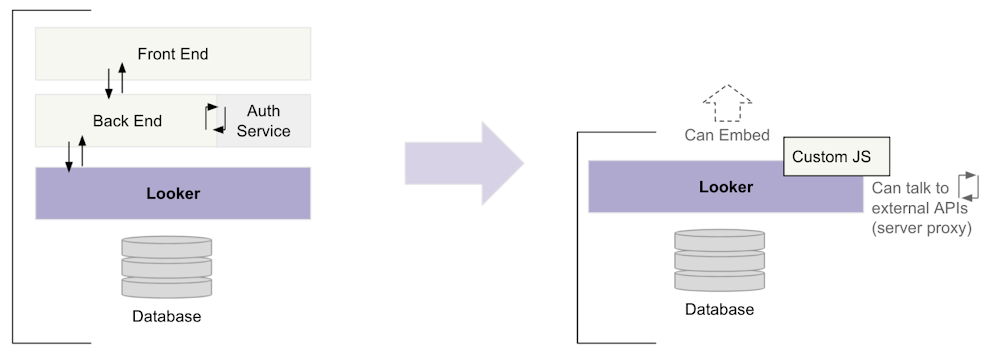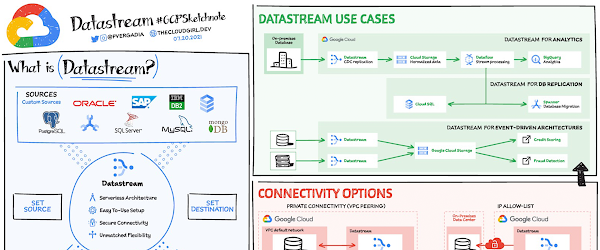Benefits of Using Drupal to Create a Website with AI Capabilities

AI technology has become a gamechanger for website development. Many developers are using AI to create better sites. However, it is also important to create sites with great AI features.
AI-based solutions are becoming more and more popular among various industries. AI features can significantly improve the quality of your customer service and provide you with useful business insights. The company that decides to build a website that will leverage artificial intelligence, should carefully consider a choice of frameworks and CMS for web development in order to ensure high performance of the platform. Learn why Drupal is the best option for developing a website with AI capabilities.
Why use Drupal for developing websites with AI features?
There are many CMS platforms which enable users to create a website (Shopify, WordPress, Joomla etc.). Some website creation systems do not even require coding skills at all. That makes them popular among people that want to start their own business, but don’t want to invest a lot of money into the first version of the platform. That’s right, some solutions allow you to create an aesthetic website at a small expense, but you should carefully consider which CMS is the best for developing AI features for an e-commerce platform.
Ordering development of a website with AI-based solutions in Drupal Agency might be the best option, as Drupal is one of the most suitable technologies for that purpose. It is more robust than for example Joomla and has more applications than CMSs such as WordPress or Shopify.
What are the advantages of using Drupal for developing AI features for your website?
Drupal has been a well-known technology on the e-commerce web development market for quite a long time now. It has been around far longer than many of the recent AI advances, but it is still helping AI change the future of web design.
It is a mature content management system with numerous modules that can be used by developers to enhance the website with advanced features. There are several benefits of using Drupal to create AI features for your website:
marketing automation – with the right solutions, you can automate some tasks related to marketing campaign management,better analytics – some Drupal libraries enable leveraging machine learning for better analysis of customer data and behaviours,content personalization – you can improve customer experience by providing clients with personalized content,efficient customer service – using simple programs such as chatbots, you can solve clients’ problems much more efficiently.
Those are just some examples of benefits of using Drupal for developing a website. Drupal is used in a variety of projects. It provides many modules that can be used for building an attractive business website.
What AI-based solutions can be developed with Drupal?
Here are two examples of the AI-based solutions you can create for your e-commerce website with Drupal to improve customer experience and sales.
Multilingual website
Manual translation of the website’s content into many languages can be time-consuming and generate considerable costs. Cloudwords module for multilingual Drupal solves that problem. After installation, your original content will be ready to be presented to any market and in any language. Additionally, CAT module of Drupal (Computer-Assisted Translation) leverages machine learning to make translation projects management easier.
Chatbots
AI has given rise to a new generation of chatbots. These chatbots rely on machine learning to drastically improve user engagement.
Ensuring 24/7 customer service is not easy, while in e-commerce clients do shopping 7 days a week even really late. Now, if they encounter a problem with completing a transaction and do not receive help, they will probably abandon their shopping cart and search for another shopping platform. Having a chatbot can significantly reduce the phenomenon of cart abandonment. Drupal’s API’s module for chatbots enables developers to create virtual assistants that will serve your customers and solve their problems in no time.
Of course, those are only two from numerous modules and libraries that can be used by programmers to create AI-based features for your website. You can also leverage machine learning for producing more useful business insights or automate multiple processes in your company. Consider choosing Drupal and building your website with the most advanced solutions.
The Drupal CMS is Very Useful for AI-Driven Websites
Are you creating a new website that is going to be highly dependent on artificial intelligence? Drupal is arguably the best CMS available. You can use Drupal to create a number of great AI features to make your site better.
The post Benefits of Using Drupal to Create a Website with AI Capabilities appeared first on SmartData Collective.
Source : SmartData Collective Read More








